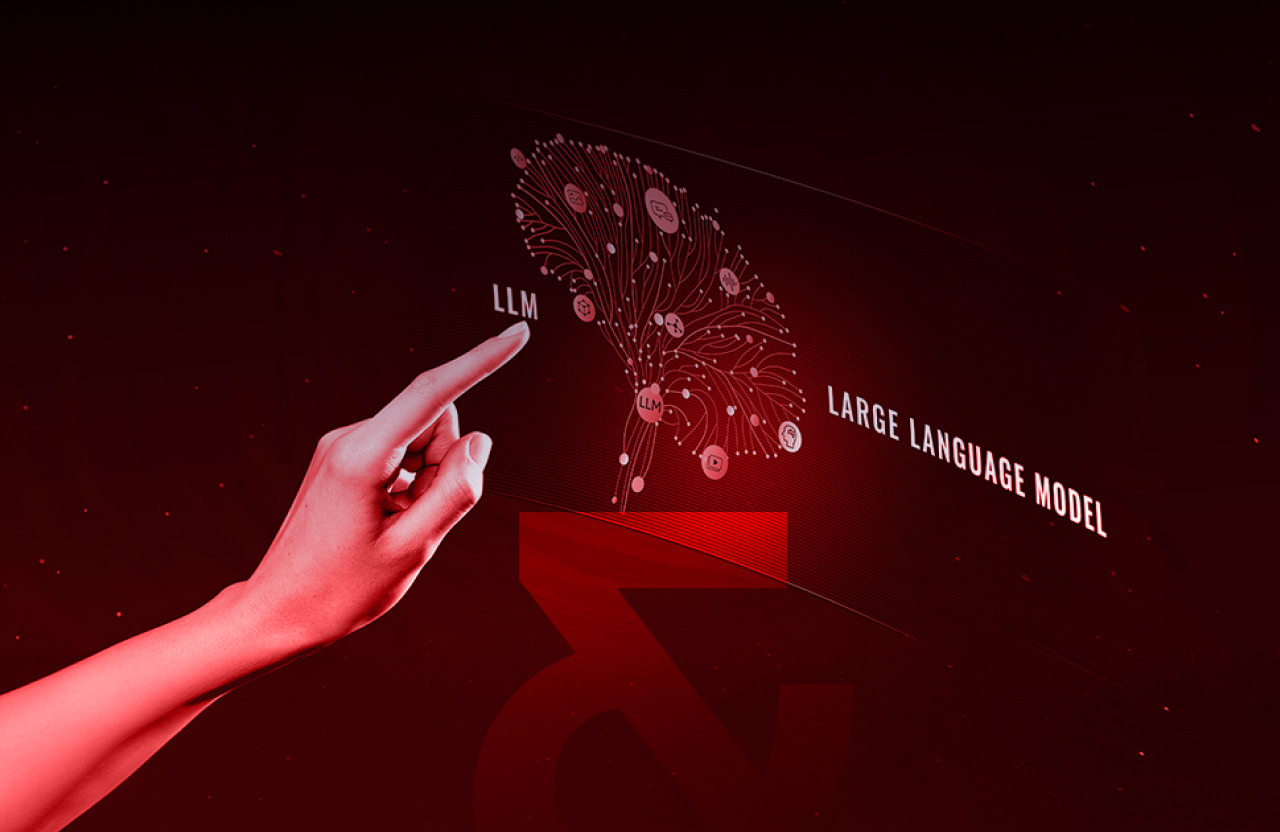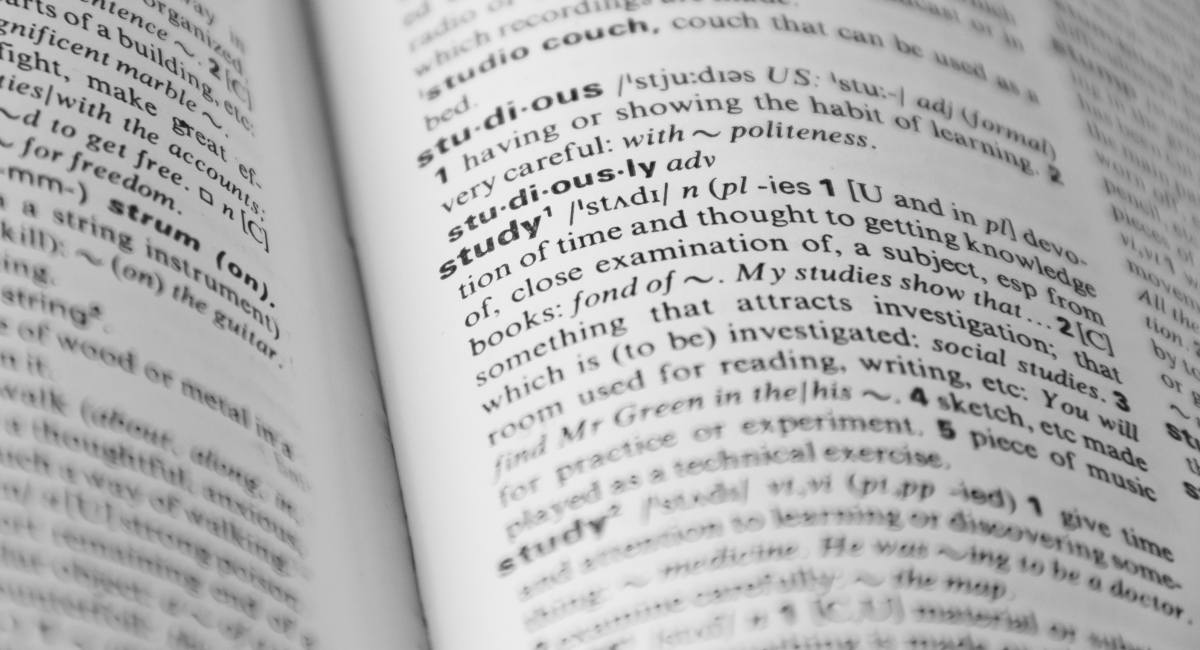(and what to do instead!)
Google Translate is a free machine translation service provided by Google that translates texts in over 100 languages. First introduced in 2006, Google Translate initially used documents from the United Nations and the European Parliament to get the linguistic data needed to create its huge database. However, despite many updates, it’s still not able to translate considering the intent behind messages – so it can only work as a standard solution that’s accurate for day-to-day personal use.
So, if you’re in a mall in a foreign country and can’t read the signs, Google Translate gives you a clue as to what it means in your tongue. If you find yourself late to a meeting and you just want to convey to your foreign business partner that you’re on your way and just need a few more minutes to get there, go ahead and use Google Translate.
But from a more professional standpoint, it’s best if you steer clear from this free, online tool, and here are six reasons why!
1: Google Translate is crowdsourced

For starters, Google Translate isn’t operated or updated by professional translators or linguists. Anyone, from medical experts to your average Native Speaker, can suggest a translation for a certain term, phrase, or idiom.
This goes to show how risky it is to run important documents through the online, free translation tool. It’s the virtual equivalent of letting an inexperienced relative or friend handle your legal documents in a foreign language—and maybe even worse, because at least a relative or friend wouldn’t intentionally mess around with an important document like that.
Some people go into the tool and update certain terms by translating them into more vulgar and derogatory terms just for fun.
An article from the BBC in 2016 proves just how bad Google Translate can be at doing its job. Google Translate had to fix a “minor bug” that was causing the tool to translate “Russian Federation” into “Mordor”; a fictional name of a place called “Land of Shadow” in J.R.R Tolkien’s Lord of the Rings.
#2: Google Translate (and other MT tools) has raised serious privacy concerns

A lot of people, whenever they need a document translated quickly, simply go onto an online translation tool, copy their documents, paste it into the tool, and get the translation they need in whatever language they desired. They forget, however, that the free tools they’re using actually crowdsource human-translated documents in order to improve machine translation.
This means that you could be inadvertently sending sensitive documents to a public cloud server where anyone can hack in and gain access to them. In 2017, a company claimed that a free translation tool they’ve been using had made their private company documents searchable on Google.
To the business owners out there, take heed and make sure neither you nor your employees aren’t heavily relying on the tool to the point where you’re letting it handle documents you wouldn’t want going public.
Reason #3: Google Translate fails to account for dialects
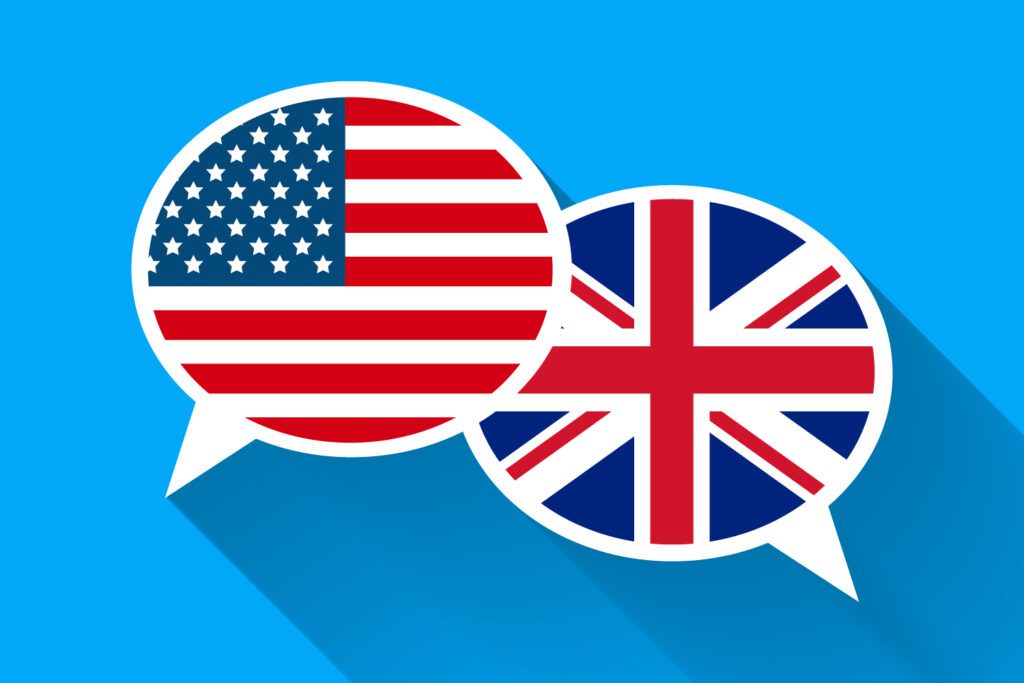
Another downside to Google’s machine translation is that it still doesn’t have the ability to detect the subtle nuances of a language, and one of these important nuances is dialects.
Take Arabic for example, which has over ten different dialects and modern varieties. The dialects are so distinguished from one another that even Arabs struggle to understand each other at times. Some words in Moroccan Arabic will mean something totally different from Jordanian Arabic, for example. Google Translate doesn’t understand the concept of a “dialect,” and might end up mistranslating a few words.
Arabic translations aren’t the only thing Google Translate might not be able to comprehend; there’s also the different varieties of Chinese, region-specific German dialects, and many more worldwide.
Reason #4: Google Translate is too literal
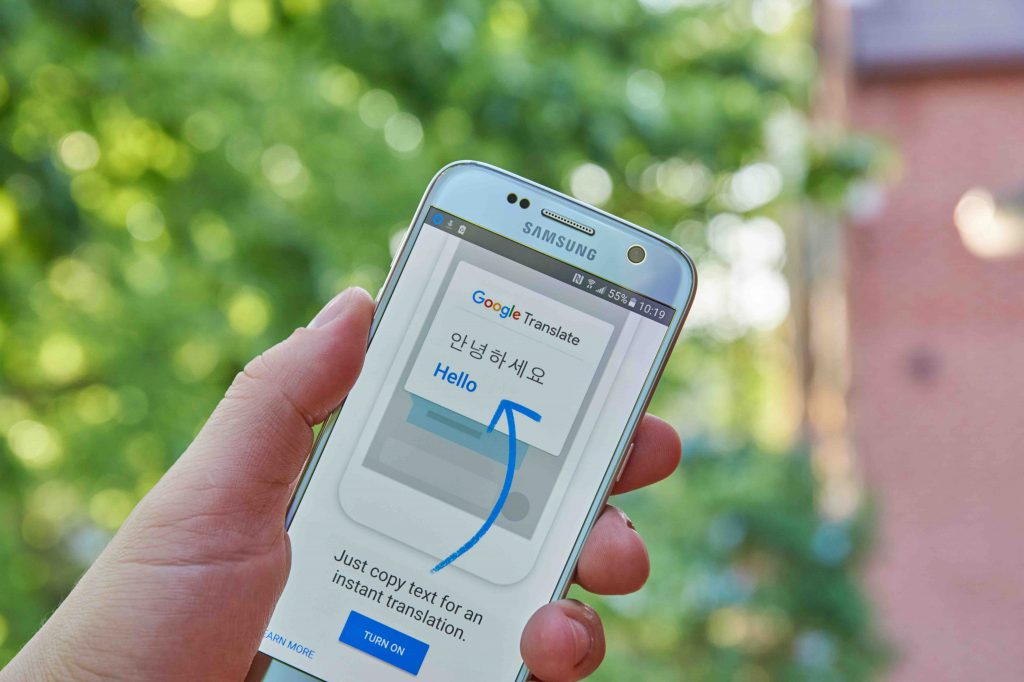
Google Translate is an “automatic translation tool,” so it takes a word, finds an appropriate equivalent in its database, and uses it in the translation—this process is generally why translations sound so bland, clunky, formal, and sometimes awkward.
So you probably won’t face any problems getting an accurate translation for a very simple sentence like “I’m tired,” but the issue arises when you use idioms or colloquial expressions like “bite the bullet” or “roll with the punches”.
It’s all fun and games until you translate a legal document with awkward, nonsensical phrasing and send it to a foreign client. Your rough translation might cause your business to face legal repercussions and create a serious, irreparable misunderstanding between you and your client.
Reason #5: Google Translate can’t detect emotion, tone, and other subtleties in language
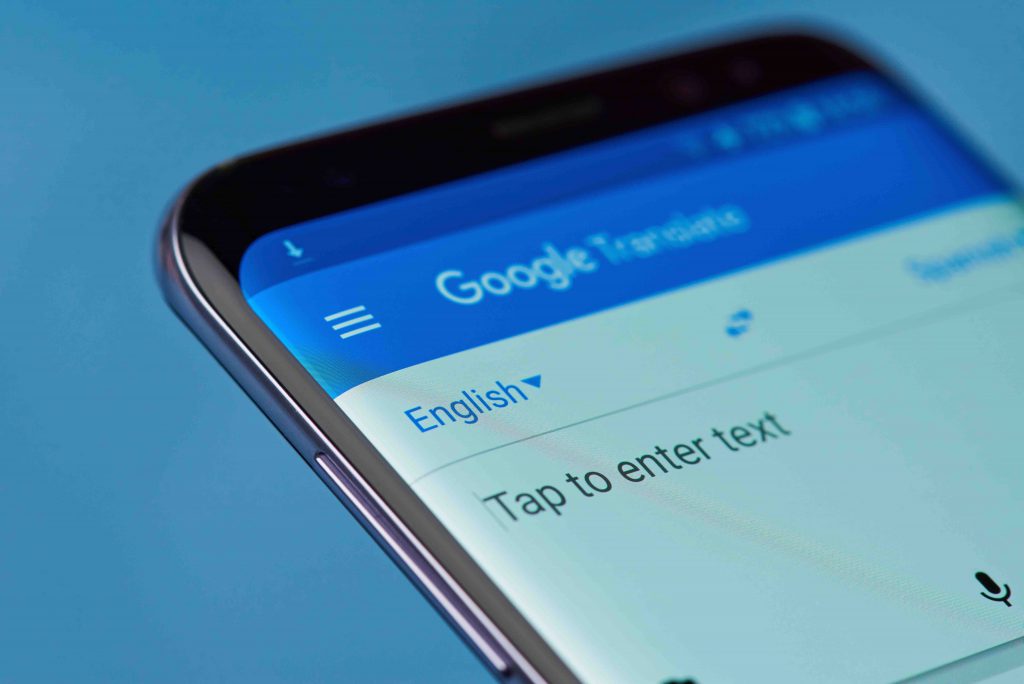
Tone in written speech isn’t as clear-cut to an online machine translation tool as it is to a human.
When there aren’t any words that convey a certain emotion—happiness, anger, sadness—there’s a chance you might end up with a translation that doesn’t get your intended message across.
There’s also subtleties and narrative tools in writing like sarcasm that a machine can’t pick up on, though a human definitely can. Because there’s an aspect of writing that we humans understand, and that’s context.
Reason #6: Google Translate can do some language pairs worse than others
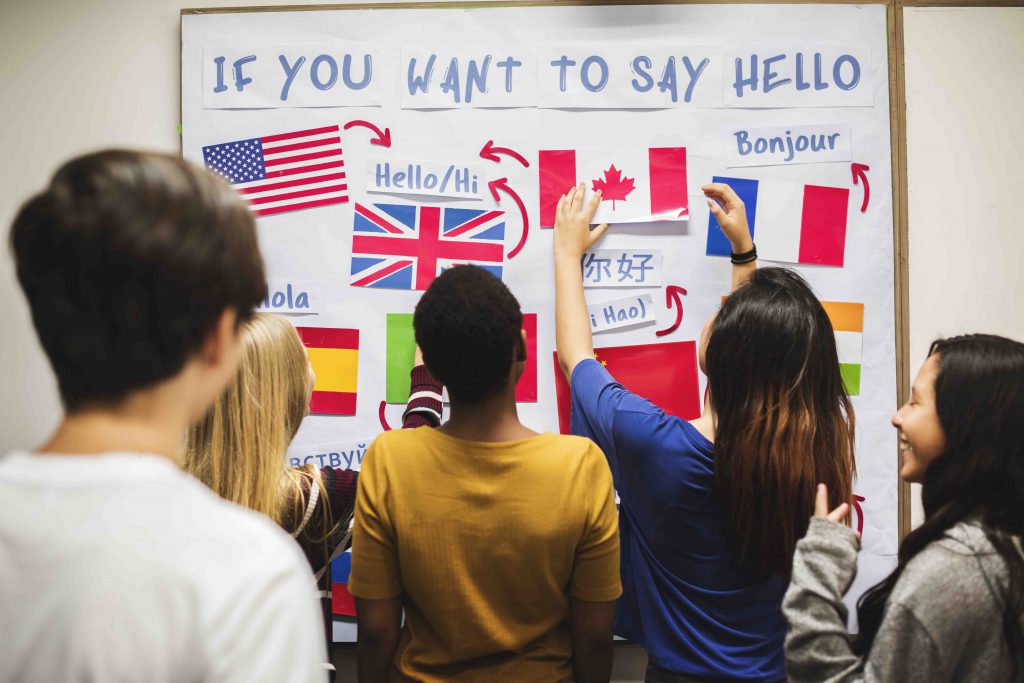
Languages stem from different roots and families. Different language families mean you’re going to have languages that are either very similar or very dissimilar.
Some language pairs are easier to work with and translate to/from—for example, English-French or German-English because each of these language pairs share the same roots. Other language pairs like English-Arabic, however, can make things difficult to even human translators. And as you may be able to tell, the bigger the contrast between two languages, the harder it is for Google Translate to come out with a decent translation.
Machine Translation can’t substitute human translation

If you want to avoid incorrect, costly translations and risking your company’s confidential data, then you should avoid using Google Translate at all costs. However, we know how much time and money machine translation (MT) can save a business, so the great thing is you don’t need to avoid it altogether.
The industry’s best practice is to find an alternative, secured Machine Translation solution and rely on Machine Translation Post-Editing (MTPE). This is where you use MT to produce the initial translation and then leverage human translators to post-edit it.
The important thing is to find an MT solution that has custom-built engines that accommodate to your industry and business lingo. Additionally, some paid MT solutions guarantee that your data will not be used publicly, like Google Translate.
Save your seat at our upcoming MT webinar on “Localization: The Future of E-commerce” happening on April 7th!

